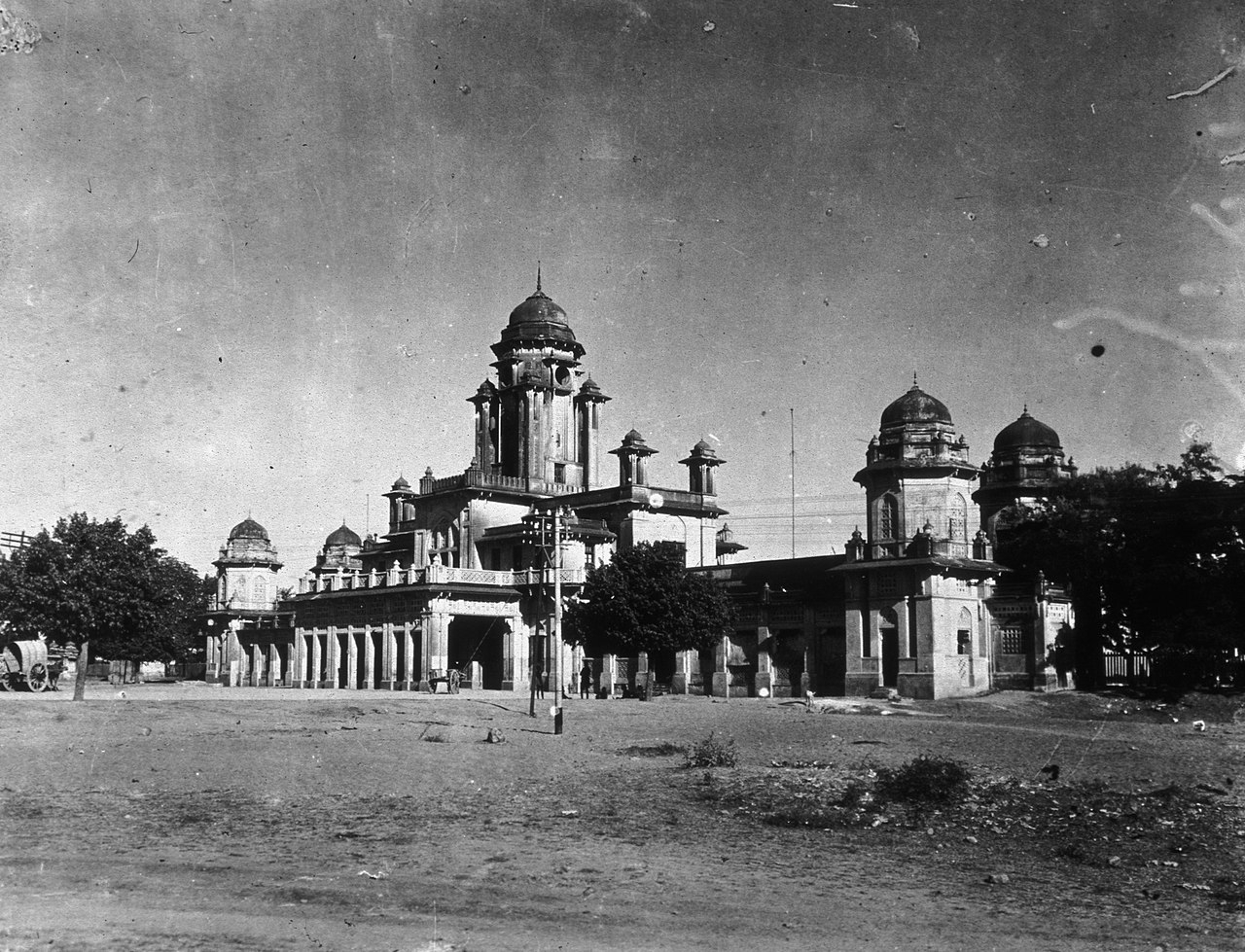Nizam's Guaranteed Railways - One of Many Important Steps that modernized Hyderabad
The establishment of railways under the Nizams of Hyderabad was a significant chapter in the modernization of the princely state during the late 19th and early 20th centuries. It reflected the fusion of economic necessity, political strategy, and social transformation.
Background and Social Context
Hyderabad, under the Asaf Jahi dynasty (Nizams), was one of the largest and wealthiest princely states in British India.
By the mid-19th century, Hyderabad was undergoing socio-economic transformation. There was growing awareness among the elite and administrators that modern infrastructure, especially transportation, was vital for improving trade, governance, and connectivity between rural and urban areas.
The British Empire had already begun building an extensive railway network across India, and the Nizam recognized the strategic and economic advantage of joining this network.
The Hyderabad State also had its own administration, revenue system, and army, but its integration with British India required better transport links.
Reasons and Necessity
-
Economic Integration: The Hyderabad State had rich agricultural output and resources (coal, textiles, metals). Railways were needed to move goods efficiently to markets, especially for exports to British India and beyond.
-
Administrative Efficiency: Railways helped in mobilizing the army, officials, and tax collection operations across the vast state.
-
Social Mobility and Urbanization: Connecting distant towns encouraged migration, employment, and the rise of urban centers.
-
Coal Transport: The Singareni coal mines (discovered in the 1870s) needed reliable rail transport to reach industries and energy consumers.
Who Paid for It?
The Nizam's Government financed the Hyderabad railways through a combination of:
-
State revenues
-
Loans
-
Public-private partnerships (in some cases with British engineering firms or banks)
The Nizam established his own railway company, the Nizam's Guaranteed State Railway (NGSR) in 1879, with British technical assistance but under state ownership.
Benefits of Railways
-
Boosted trade and mining (especially coal from Singareni)
-
Improved access to education and healthcare in remote areas
-
Stimulated industrial growth in Hyderabad and Secunderabad
-
Enhanced connectivity between religious, cultural, and administrative centers
-
Helped mitigate famines by enabling food transport
Places Connected by Railways – Chronological Order
-
1874 – Wadi–Secunderabad line (first line, linked Hyderabad with the Great Indian Peninsula Railway at Wadi Junction)
1879 – Extension to Hyderabad city proper
-
1889 – Line extended to Warangal
-
1901 – Line to Dornakal, facilitating access to coalfields
-
1909 – Line to Manmad in present-day Maharashtra
-
1929 – Line extended to Kachiguda (Hyderabad’s landmark station opened)
-
1930s–1940s – Additional lines to Nizamabad, Bidar, Karimnagar, and further into Singareni coal belt
Conclusion
The Nizam’s proactive investment in railways was evidence of great administrative and financial foresight. It was a strategic decision to boost Hyderabad’s self-sufficiency, economy, and governance.
The Nizams Railways was one of the chief reason that contributed towards modernizing Hyderabad and it is a testament to Nizam's progressive administration.
Resources
-
Indian Railways Fan Club Association – Nizam's Guaranteed State Railway
-
[Hyderabad: A Biography by Narendra Luther (2011)] – Chapters on infrastructure under the Nizams.







Comments
Post a Comment